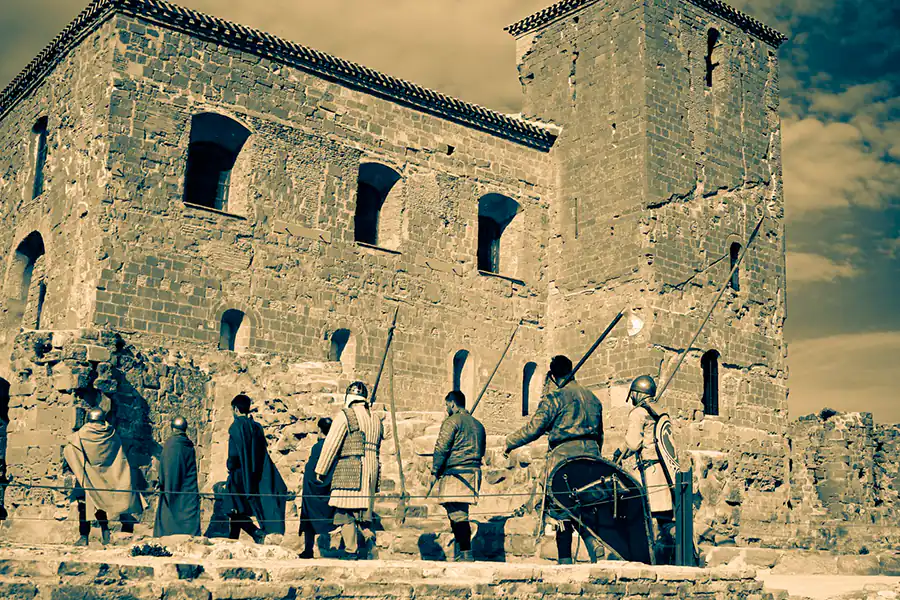History
- WHome
- 9Castle history
1085-1089
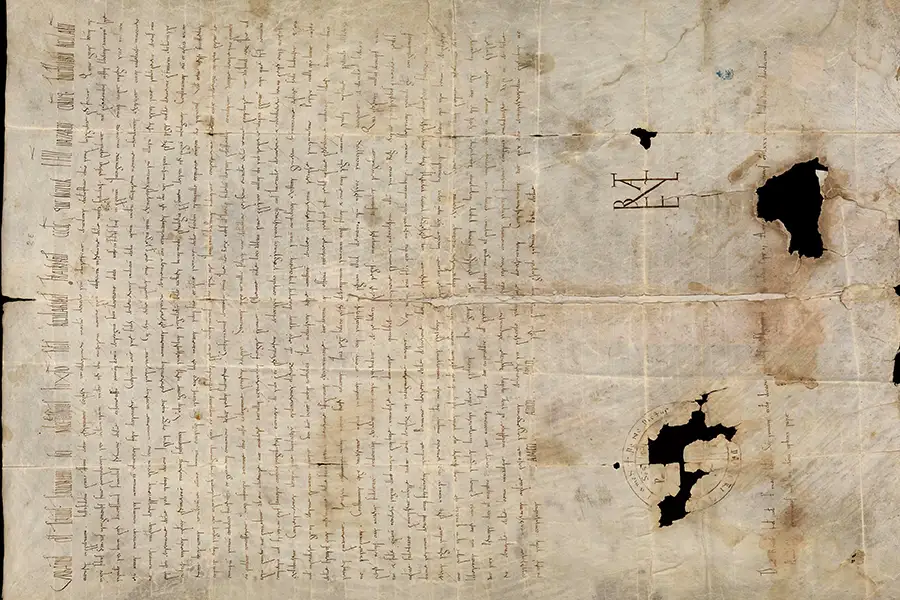
The first castle of Sancho Ramírez
We know little about this first fortress that the King of Aragon and Pamplona, Sancho Ramírez, built between 1085 and 1089 as an approach castle to control the territory and conquer the Muslim Wasqa (Huesca), perhaps on top of earlier Muslim structures. Some structures remain that can be seen in the access round or inside, next to the barbican tower. Everything indicates that this castle was built following the defensive patterns of the time, with an access different from the current one, another barbican tower that would have disappeared today, and an approach under controlled and zigzagging slopes.1093-1257
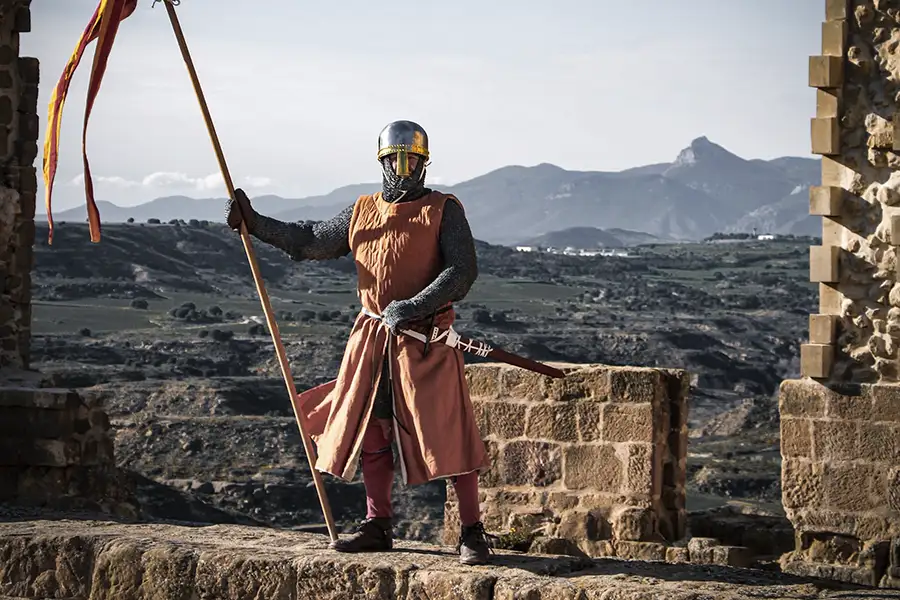
The Castle-Abbey
After the conquest of the city of Huesca, the castle lost its military strategic function and gradually became the most powerful abbey in the Kingdom of Aragon. Its abbey church was dedicated to Jesus Nazarene, and it was endowed with a congregation of regular canons under the rule of Saint Augustine. The castle-abbey came to head a hundred churches, monasteries, and properties in Upper Aragon and Navarre, which led to ongoing conflicts with the episcopal seat of Huesca. Additionally, it served as a royal pantheon, housing the bodies of Sancho Ramírez and Alfonso I the Battler. During this period, the layout and defensive structure seen today were erected, most likely under Abbot Fernando, the third son of Alfonso II.1477
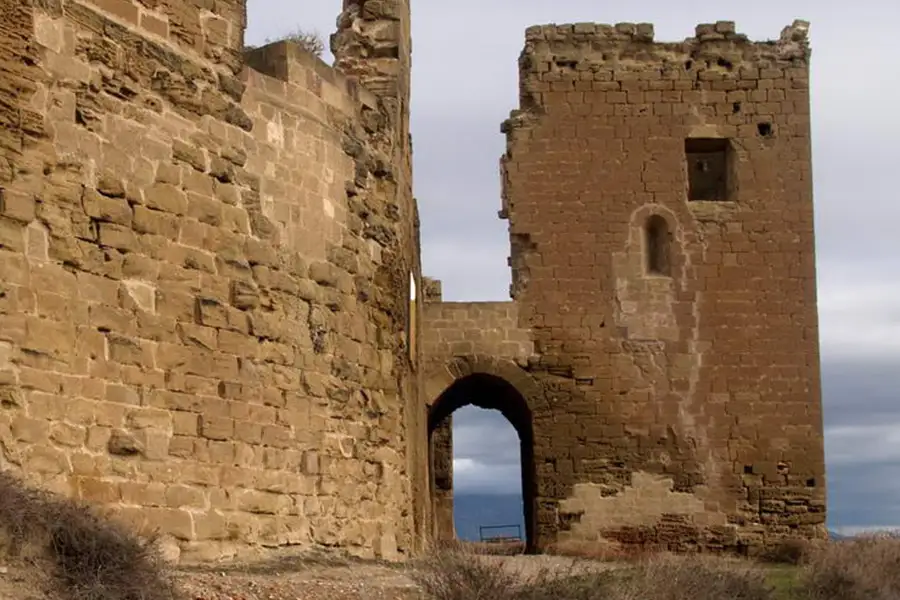
Wars and fires
From the second half of the 13th century, a period of instability began, during which the abbey's canons were sanctioned for leading licentious lives and other political events, requiring intervention by some bishops of the crown and the pope. This period culminated in the 15th century with military insecurities, as war reached the castle when James of Urgell rebelled in 1413 after Ferdinand I was elected as the new king of the Crown of Aragon. The castle witnessed skirmishes led by Antón de Luna, lieutenant of the Count of Urgell. In 1477, the castle-abbey suffered its first major fire, marking the beginning of Montearagón's ruin.1571
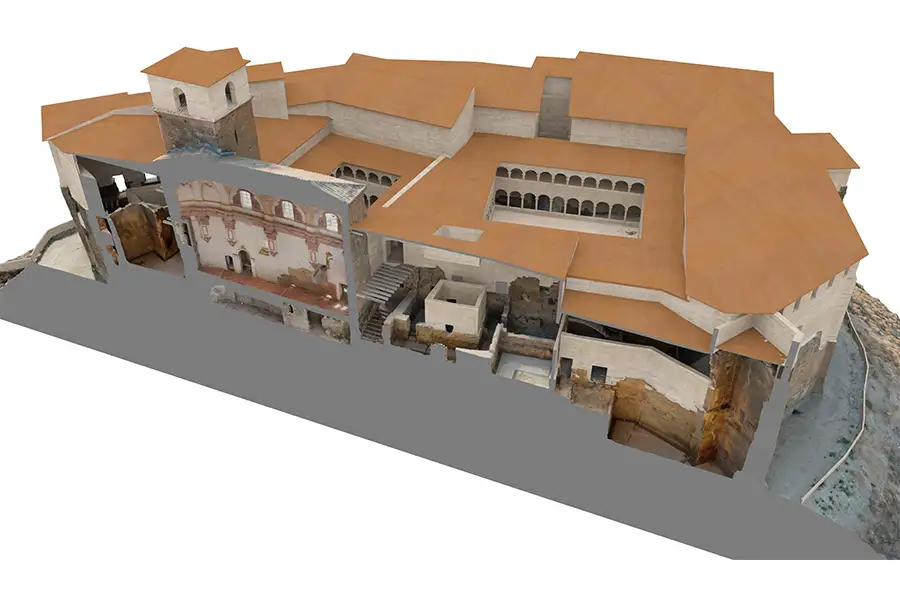
Decline
In the second half of the 16th century, an agreement was reached to restore canonical life in the abbey, but this resolution was not fulfilled due to the dismemberment of much of its revenues by a bull from Pius V, which were distributed among adjacent bishoprics and other institutions. It wasn't until 1599 that the regular community returned to the castle, this time with significantly reduced revenues. Since the late 15th century, the church had a new alabaster altarpiece by Gil Morlanes the Elder, which can now be seen in the Diocesan Museum of Huesca. The previous one by Damián Forment had been lost in the 1477 fire.1835
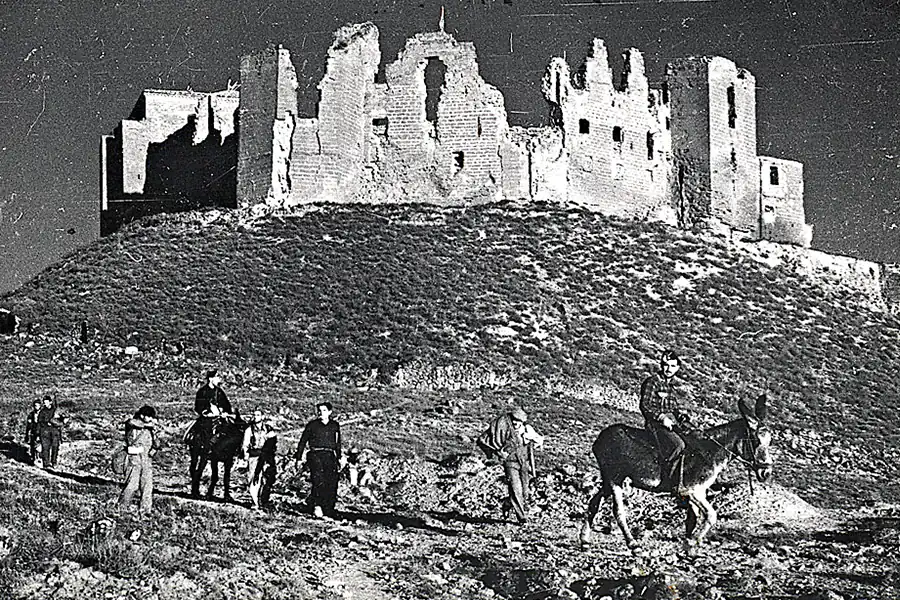
Disentailment and abandonment
The War of Independence led to another looting of the monastery by the troops stationed there. The disentailment of 1835 marked the end of the abbey, which was plundered and suffered another devastating fire. In 1843, it became the property of a merchant and resident of Huesca, who dismantled the building to sell its stones and elements, gradually turning it into a true ruin. This prompted the State to intervene and restore its public ownership; however, its state of abandonment had already become urgent.1931
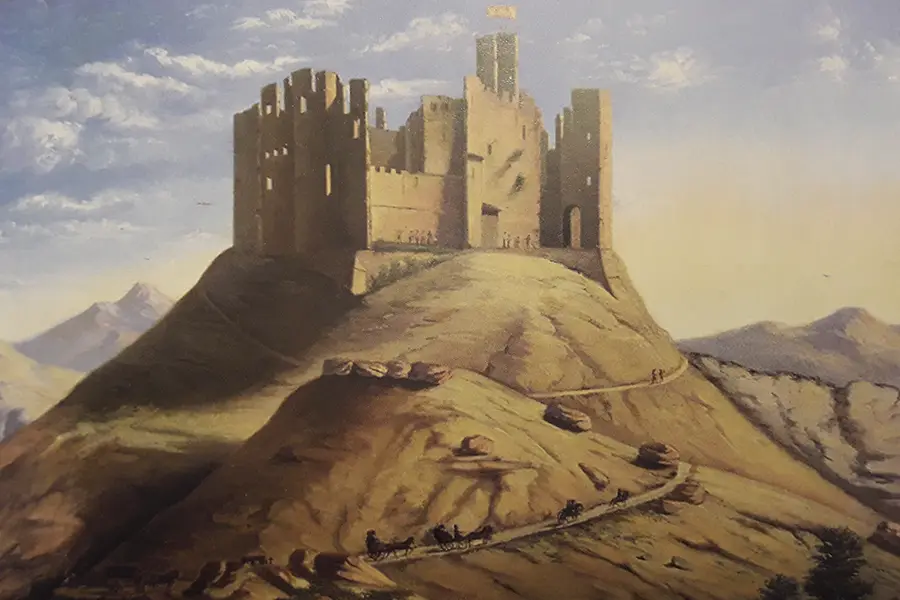
National monument
In 1931, the site was declared a National Monument. Since the previous decades and onwards, preservation and consolidation efforts have been undertaken with varying degrees of success, preceding modern architectural and archaeological interventions.1976-2023
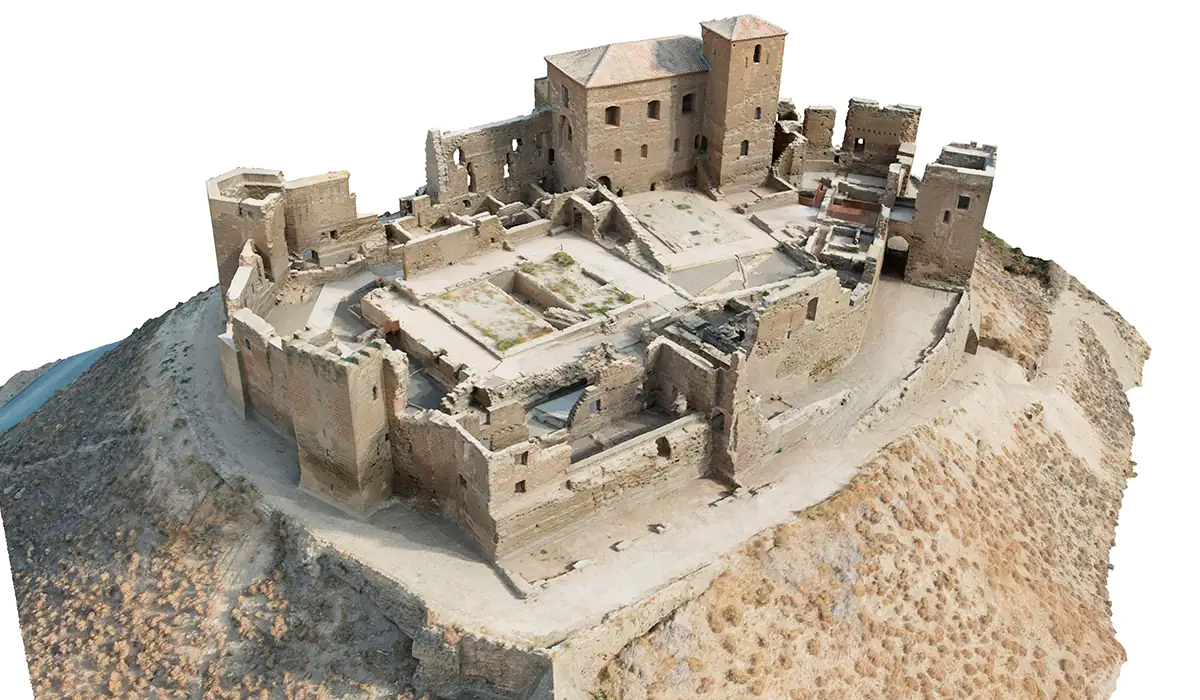
Archaeological interventions
Since 1976, various archaeological interventions have been carried out to study what constitutes a palimpsest of great proportions and patrimonial wealth. These actions have not only served to analyze different sectors and structures of the castle but also to prepare it for its current valorization.Today
